
What is Japan Rail Pass (JR Pass)? Types and prices
The Japan Rail Pass, also known as the JR Pass, is a convenient and cost-effective ticket for unlimited travel on most Japan Railways (JR) trains, buses, and ferries, including the Shinkansen (bullet trains). Designed specifically for foreign tourists, the JR Pass offers incredible value for those looking to explore multiple regions in Japan within a limited timeframe. Here’s everything you need to know about the types, prices, and benefits of the Japan Rail Pass, as well as how it can help you save on your Japan trip.
Contents
2. Cost of the Japan Rail Pass
4. Benefits of Using the Japan Rail Pass
1. Types of Japan Rail Passes
The JR Pass is available in various types, primarily distinguished by their validity period and class of travel:
Ordinary Class Pass: This is the standard JR Pass, which allows travelers to use regular train cars with comfortable seating. Ordinary class seats provide great value, as they are comfortable, clean, and widely available across all JR trains.
Green Class Pass: For those seeking extra comfort, the Green Class Pass offers access to “Green Cars” (first-class cars) on JR trains. Green Cars have larger, more comfortable seats, more legroom, and fewer passengers, making it ideal for long journeys or peak travel periods.
Both Ordinary and Green Class passes are available for 7, 14, and 21 days, allowing travelers to choose the duration that best fits their itinerary.
2. Cost of the Japan Rail Pass
The price of the Japan Rail Pass varies depending on the type and duration. Here are the approximate costs for both Ordinary and Green Class Passes as of the latest update:
| Type | Green | Ordinary | ||
|---|---|---|---|---|
| Duration | Adult | Child | Adult | Child |
| 7-day | 70,000 YEN | 35,000 YEN | 50,000 YEN | 25,000 YEN |
| 14-day | 110,000 YEN | 55,000 YEN | 80,000 YEN | 40,000 YEN |
| 21-day | 140,000 YEN | 70,000 YEN | 100,000 YEN | 50,000 YEN |
Note: These prices may vary slightly depending on the exchange rate and where you purchase the pass. It’s often cheaper to buy the pass from an authorized retailer outside Japan or online before arriving.
3. Validity and Usage
The JR Pass provides unlimited travel on JR-operated trains, buses, and ferries during the validity period of the pass (7, 14, or 21 consecutive days). Here are some specifics on its usage:
- Shinkansen (Bullet Trains): The JR Pass is valid on all JR-operated Shinkansen lines, except for the Nozomi and Mizuho services on the Tokaido, Sanyo, and Kyushu lines.
- Limited Express, Express, and Local Trains: The pass covers all JR Limited Express, Express, and local trains across Japan, making it perfect for traveling between cities and within metropolitan areas.
- JR Buses: The JR Pass allows access to selected JR-operated buses, particularly convenient in areas with fewer rail connections.
- JR Ferries: The pass covers the JR ferry to Miyajima, allowing travelers to reach the famous Itsukushima Shrine without extra cost.
The JR Pass can be activated at any time within three months of purchase, and you can select your start date when you exchange your pass upon arrival in Japan.
4. Benefits of Using the Japan Rail Pass
The JR Pass offers multiple advantages for travelers exploring Japan:
- Cost Savings: The pass can save a substantial amount on travel costs, especially for those planning to visit multiple cities or regions. A round-trip from Tokyo to Osaka alone covers the cost of a 7-day JR Pass.
- Convenience: With unlimited travel on JR trains, buses, and ferries, you won’t need to purchase individual tickets, which saves time and hassle.
- Flexibility: The JR Pass allows unlimited trips within its validity period, making it perfect for spontaneous travelers who want the freedom to change their plans or explore additional destinations.
- Easy Reservations: Pass holders can make free seat reservations on many Shinkansen and Limited Express trains, ensuring a comfortable journey during peak travel times.
5. Restrictions and Non-Covered Routes
Although the JR Pass is extensive, there are a few restrictions:
- Nozomi and Mizuho Shinkansen: The pass does not cover the Nozomi and Mizuho trains on the Tokaido, Sanyo, and Kyushu lines. However, alternative Shinkansen trains, such as Hikari and Sakura, provide nearly identical routes, though with slightly longer travel times.
- Private Railways: The JR Pass does not cover travel on private railway companies, which include some lines that connect to specific tourist attractions, such as the Odakyu Line to Hakone. Additional tickets are needed for these lines.
- Subways and Non-JR Buses: The pass doesn’t cover city subways or non-JR buses, which operate independently. However, many JR train lines are available in major cities and can provide access to popular areas.
It’s essential to check if your intended routes are covered to maximize the pass’s benefits and avoid unexpected additional costs.
6. Regional Japan Rail Passes
For travelers who plan to stay within a specific area, JR offers several regional passes that may be more economical than the nationwide JR Pass. Some popular regional passes include:
- JR East Pass (Tohoku Area): Covers the Tohoku region north of Tokyo. Perfect for travelers visiting Sendai, Aomori, and Nikko. Valid for 5 consecutive days for approximately 30,000 JPY (~$200 USD).
- JR West Kansai Pass: Ideal for exploring Osaka, Kyoto, Nara, and Kobe. Prices start at around 2,300 JPY (~$15 USD) for a 1-day pass, up to 7,000 JPY (~$47 USD) for a 4-day pass.
- JR Hokkaido Pass: This pass is ideal for exploring Japan’s northernmost island, including Sapporo and Hakodate. Prices vary based on the number of days.
- JR Kyushu Pass: For exploring Kyushu’s main destinations, including Fukuoka, Kumamoto, and Kagoshima. Available in Northern and Southern Kyushu versions, with prices starting around 8,000 JPY (~$55 USD) for 3 days.
Each regional pass offers a unique set of benefits and flexibility, making them ideal for those focusing on a particular area of Japan.
7. How to Purchase and Activate the Japan Rail Pass
The JR Pass can be purchased both inside and outside Japan, although buying it in advance often provides a slight discount and ensures availability. Here’s how you can buy and activate the JR Pass:
- Online Purchase: Purchase the pass from authorized JR Pass websites (japanrailpass.net) or travel agencies. You’ll receive a voucher by mail, which can be exchanged for the actual pass upon arrival in Japan.
- Purchase in Japan: JR Passes are also available at select JR stations in Japan, but prices may be higher than those purchased outside the country.
- Exchange and Activation: After arriving in Japan, visit a JR Exchange Office to activate your pass. You’ll need to present your passport and the exchange voucher. You can select the start date, and the pass will be valid for consecutive days from that date.
Tip: The JR Pass is exclusively for tourists on a temporary visitor visa. Residents and holders of other visa types cannot use it.
In conclusion, the Japan Rail Pass is a valuable investment for those planning to explore Japan’s many regions by train. From scenic rural towns to major cities, the JR Pass opens up the entire country with convenience, comfort, and flexibility, making it an ideal choice for travelers eager to experience Japan’s unique blend of tradition and modernity.
Share
You may also like
-

Visiting Japan’s Love Hotel Districts: What to Expect
Japan’s love hotel districts are famous for their unique and fascinating blend of privacy, creativity, and a touch of...
-

Top 10 Late-Night Dining Spots in Tokyo’s 24-Hour Cafes
Tokyo’s vibrant nightlife extends well beyond bars and nightclubs, with a thriving late-night dining culture tha...
-

Best Night Tours in Tokyo for After-Dark Adventures
Tokyo’s nightlife is renowned for its energy, vibrancy, and unique blend of traditional and modern experiences. From ...
-

Japan’s Late-Night Food Culture: 8 Best Street Eats
Japan’s late-night food culture is a vibrant experience, especially in bustling cities like Tokyo and Osaka, where de...
-

7 Rooftop Bars in Tokyo for Stunning Views
Tokyo’s rooftop bars offer some of the best ways to soak in the city’s skyline while enjoying drinks, atmosphere, and...
-

10 Best Nightclubs in Tokyo for Dancing and Music Lovers
Tokyo's nightlife is renowned for its variety and energy, with nightclubs that range from high-energy dance floors to...
-

8 Themed Bars and Cafes You Need to Visit in Tokyo
Tokyo is famous for its creative and quirky themed bars and cafes, offering immersive experiences for locals and...
-

Tokyo Nightlife Guide: Shinjuku, Shibuya, and Roppongi Highlights
Tokyo’s nightlife is legendary, offering a mix of vibrant energy, entertainment, and unique experiences in some of it...
-
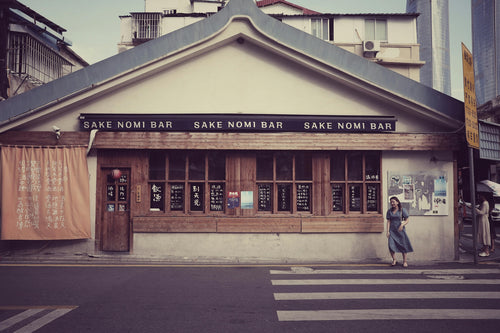
7 Best Japanese Sake Bars in Tokyo
Tokyo is home to some of Japan’s best sake bars, offering both locals and visitors an opportunity to explore the...
-

Top 6 Observation Decks in Tokyo for Scenic Views
Tokyo’s observation decks offer some of the best panoramic views of the city, giving visitors a chance to see th...
-
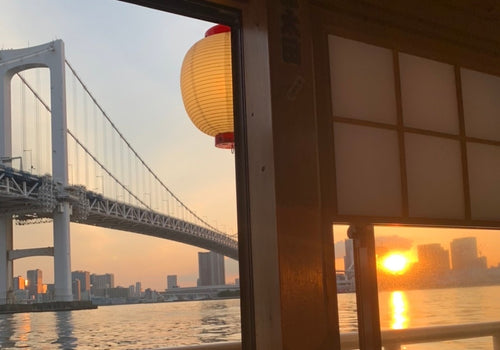
Night Cruises in Tokyo: Enjoy the City Views
Tokyo’s skyline is mesmerizing at any time, but experiencing it from the water on a night cruise adds a magical ...
-
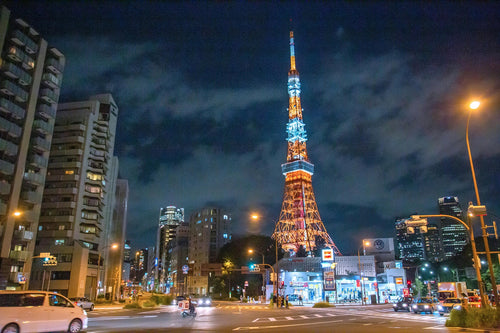
Roppongi Art and Nightlife Guide
Roppongi is one of Tokyo’s most vibrant districts, known for its lively nightlife, sophisticated art scene, and ...
-
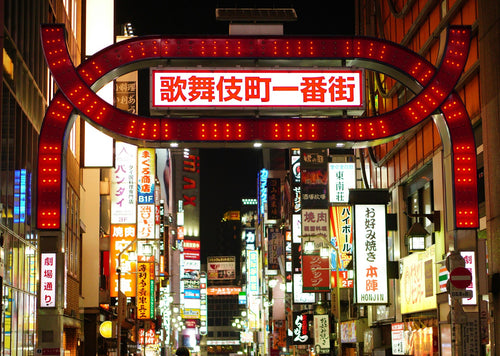
Nightlife Guide to Shinjuku Kabukicho
Shinjuku’s Kabukicho district, known as Tokyo’s “Sleepless Town,” is the center of nightlife in Tokyo. Renowned ...
-

6 Best Night View Spots in Tokyo
Tokyo at night is a breathtaking spectacle, with illuminated skyscrapers, iconic landmarks, and bustling streets that...
-

Top 12 Sake Breweries in Japan for Tasting and Tours
Japan’s sake culture is celebrated around the world for its depth, complexity, and rich history. Sake, or nihons...
-
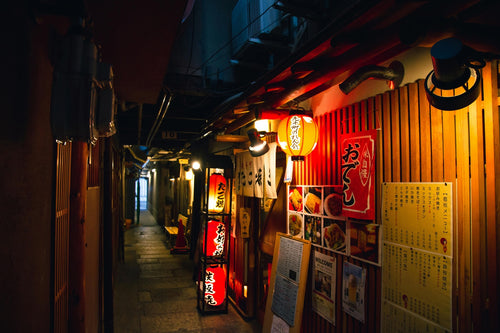
How to Enjoy a Night at a Japanese Izakaya
Japanese izakayas are casual, lively spots where locals gather after work to enjoy drinks, share small plates, a...
-

Exploring Karaoke Culture in Japan: 8 Best Places to Sing
Karaoke is an integral part of Japanese culture, offering a fun and entertaining way for friends, family, and even co...
-

5 recommended bars in Golden Gai
Golden Gai, nestled in the heart of Tokyo’s Shinjuku district, is one of the city’s most iconic bar districts. Known ...
-

10 Japanese Gardens You Should Visit for Tranquility
Japanese gardens are renowned for their beauty, tranquility, and intricate designs that reflect harmony with nature. ...
-

Japan’s Kimono Heritage: Symbolism, Style, and Where to See
The kimono, Japan’s traditional garment, is a beautiful and symbolic representation of Japanese culture. From its int...
-

Etiquette Essentials for Visitors to Japan
Japan’s culture is rich in respect, politeness, and consideration, making etiquette an essential part of daily l...
-

7 Best Places to Discover Japan’s Samurai History
Japan’s samurai history is one of honor, skill, and deep cultural influence, stretching back centuries and leaving an...
-

Geisha Culture in Japan: Myths and Realities
The world of geisha, Japan’s skilled performers and keepers of traditional arts, has long intrigued people around th...
-

Japan’s Unique Architecture: Top 8 Traditional and Modern Landmarks
Japan is renowned for its unique blend of ancient architectural heritage and cutting-edge modern designs. From c...
-

10 Traditional Japanese Festivals (Matsuri) You Can’t Miss
Japanese festivals, or *matsuri*, are vibrant celebrations of cultural heritage, featuring elaborate costumes, l...
-

Japan’s Three Great Onsen: A Guide to Famous Hot Springs
Japan is famous for its natural hot springs, or *onsen* (温泉), offering visitors a unique opportunity to relax and rej...
-

Japanese Art Exploration: Best Spots to Enjoy Art in Japan
Japan is a country rich in artistic heritage, from centuries-old traditional crafts to modern, innovative instal...
-

Guide to Japan’s Fireworks Festivals: When and Where to Go
Japan’s summer fireworks festivals, known as "hanabi taikai" (花火大会), are among the most anticipated events in th...
-
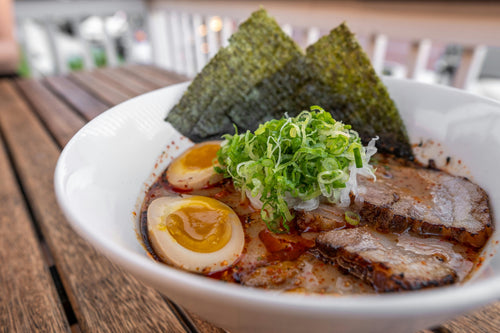
Where to Experience Ramen-Making Classes in Japan
Ramen is one of Japan’s most beloved dishes, with countless regional styles and flavors that attract food lovers from...
-

Power Spot Tours: Japan’s Famous Temples and Shrines
Japan is a land steeped in spiritual history, and visiting its temples and shrines provides not only a glimpse i...
-
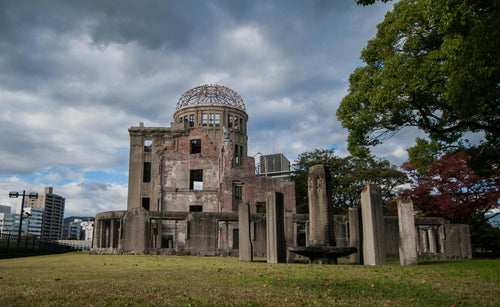
UNESCO World Heritage Site Tour Guide in Japan
Japan is home to numerous UNESCO World Heritage Sites, each offering a glimpse into the country’s rich cultural herit...
-

5 Famous Japanese Castles: History and Highlights
Japan is home to some of the most beautiful and historically significant castles in the world. Built during the feuda...
-
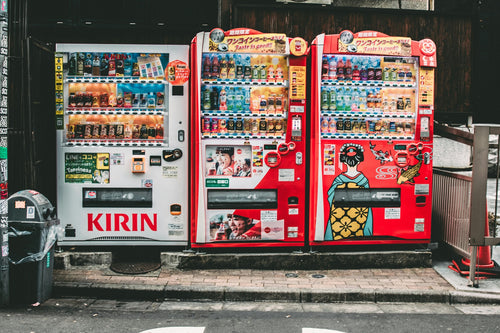
10 Unique Drinks to Try from Japanese Vending Machines
Japan is famous for its vending machines, offering an incredible variety of drinks that go beyond just soft drinks an...
-

Tokyo Market Guide: Exploring Tsukiji and Toyosu Markets
Tokyo's Tsukiji and Toyosu Markets are must-visit spots for food lovers and anyone interested in Japan’s rich culinar...
-

Experiencing Traditional Tea Ceremony in Tokyo
The Japanese tea ceremony, or "chanoyu," is a cultural experience steeped in tradition, aesthetics, and mindfulness....
-
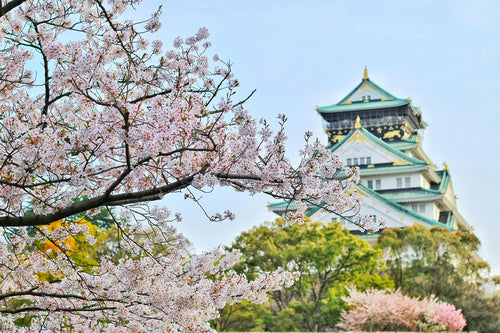
Top 7 Cherry Blossom Viewing Locations in Tokyo
Springtime in Tokyo is synonymous with the cherry blossom season, a breathtaking period when the city’s parks, rivers...
-

What is Onsen? A Guide to History, Benefits, and Etiquette
Onsen, Japan’s cherished hot spring culture, offers a unique blend of relaxation, scenic beauty, and deep-rooted trad...
-

What is Sake? Its Production Method and History
Sake is a traditional Japanese alcoholic beverage made from fermented rice. It has been enjoyed in Japan for over a t...
-

8 hot springs with beautiful scenery near Tokyo
Tokyo is a bustling metropolis, but just outside the city are some of Japan's most serene hot springs, or onsens, off...
-

Top 10 museum to visit in Tokyo
Tokyo is home to a diverse range of museums that cater to all interests, from art and history to technology and pop c...
-
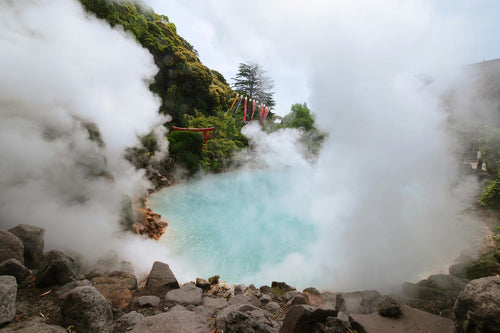
9 Best Hot Spring and Bathhouse in Tokyo
Tokyo is known for its vibrant urban energy, but it's also a fantastic place to relax and rejuvenate in hot springs (...
-
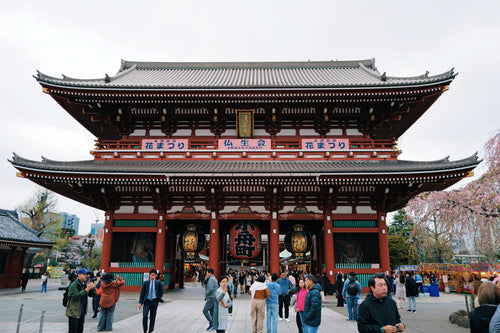
15 Famous Temples and Shrines to Visit near Tokyo
Tokyo and its surrounding areas are home to many famous temples and shrines that showcase Japan's rich spiritual and ...










































